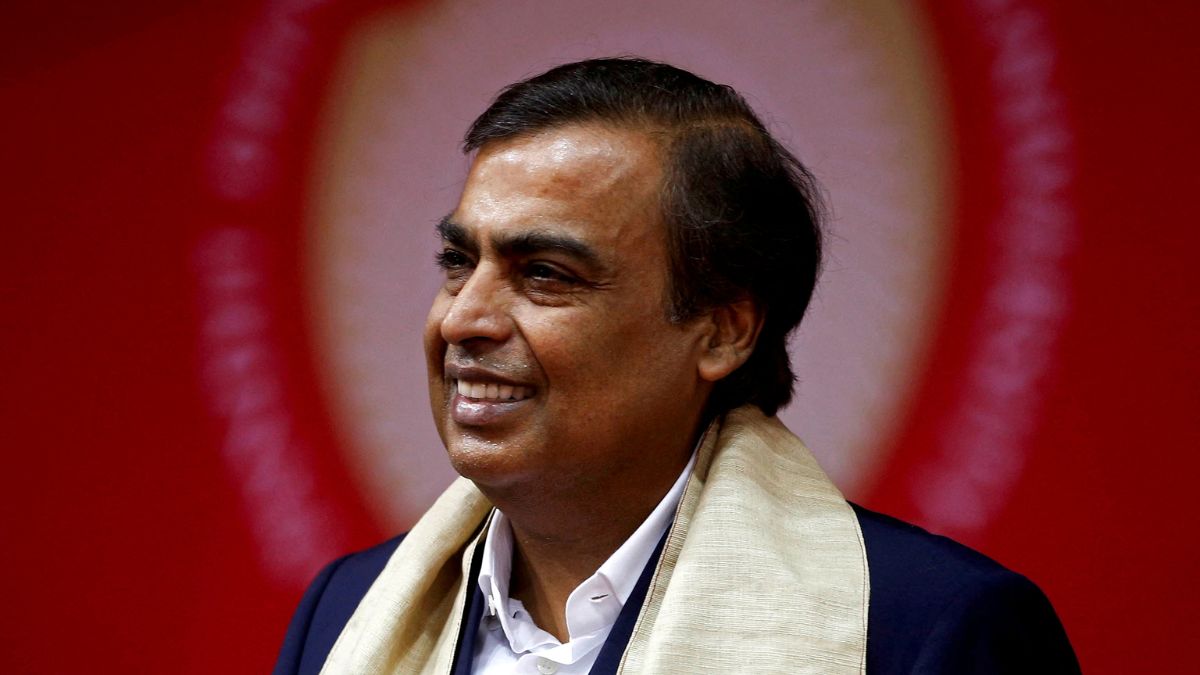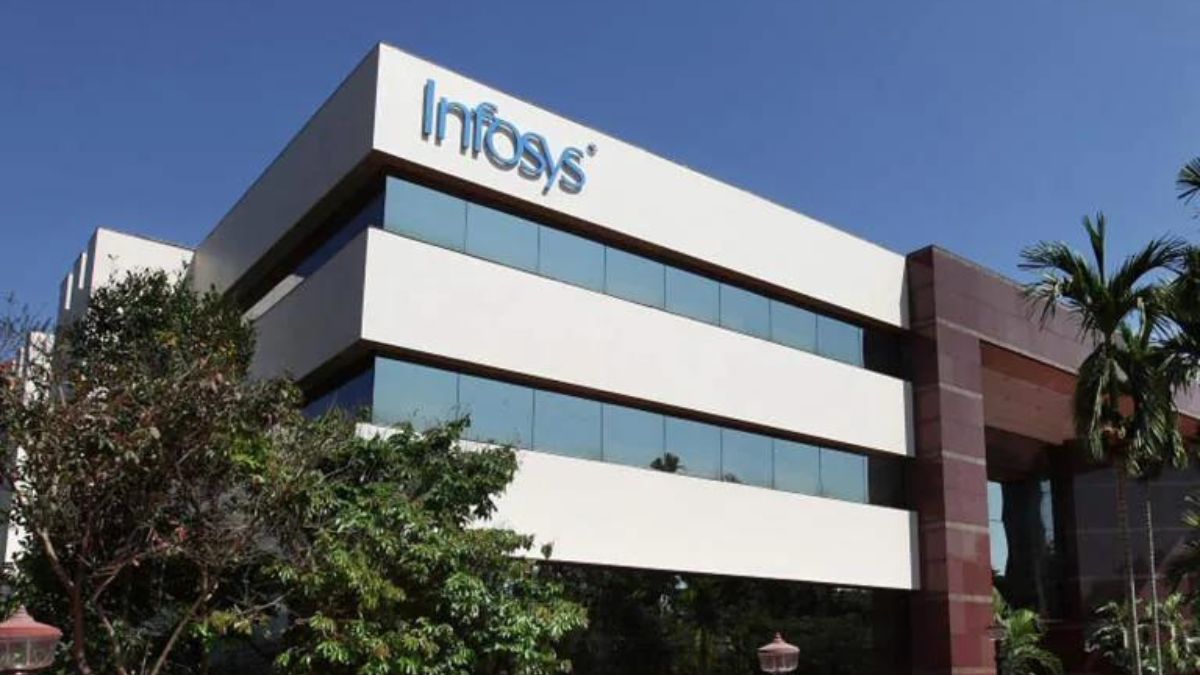Experts argue that in a country like India, where economic growth has surpassed expectations last year, new tax breaks could work as a catalyst for similar growth for every Indian read more
)
(File) Union Finance Minister Nirmala Sitharaman. PTI
The Indian government is set to announce its 2024 Union Budget on July 23rd, and more than 93.7 million taxpayers in the country have tied their hopes to it.
While there are numerous expectations from the budget, the most anticipated part of the budget is income tax. In the interim budget, the Finance Minister maintained the status quo. Sitharaman argued that the interim budget isn’t the time for revision of tax slabs. So, this time around taxpayers are banking on some changes.
This budget is unique in more ways than one. While India usually presents its annual budget on February 1st, this year it was a bit different. The Narendra Modi government presented an interim budget in February this year that allocated money only for the first quarter of financial year 2024-2025.
This was because India was scheduled to hold a general election from April 19th to June 1st. Now that the polls are over, and Prime Minister Modi-led National Democratic Alliance has formed a government for the record third time, the full year budget for 2024-2025 will be presented by Finance Minister Nirmala Sitharaman. This would be the 7th time Sitharaman would be presenting India’s annual financial statement.
Speculations, demands and expectations on income tax from Budget 2024 are high. But before we take a look at what Indian taxpayers want, let’s first understand how they are taxed.
India’s Twin Tax Regime
Currently, India operates under two income tax regimes. One offers exemptions and deductions at higher tax rates, while the other has lower rates but fewer exemptions and deductions.
The new tax regime, introduced by Finance Minister Nirmala Sitharaman in 2020, aimed to give taxpayers more financial choice. Unlike the old scheme that incentivised savings through tax cuts, the new regime simplified taxes by lowering rates without offering deductions. The scheme underwent further revisions in the 2023 Budget.
Indians have the option to choose between the two regimes. However, in cases where taxpayers don’t make a choice, the new tax regime becomes applicable.
Under the old tax regime, individuals with annual incomes up to Rs 5 lakh are exempt from paying taxes. Those earning above this are taxed according to this rate structure, with rates starting from 5% and going up to 30%.
To reduce taxable income, individuals can opt for various exemptions and deductions. These deductions are offered to encourage people to save more, for things like insurance, pension contributions, and housing mortgages, among others. With these deductions, individuals can earn up to Rs 10 lakh without any tax liability.
However, these deductions are not available under the new tax regime. Here, individuals earning up to Rs 7 lakh annually are exempt from paying taxes. Income above this threshold is taxed under five slabs, with rates starting at 5%.
Standard Deduction Hike
Interestingly, both tax regimes share a common feature - a standard deduction of Rs 50,000. This is an exemption for a taxpayer who does not require any investment proof. It was first introduced in 2018 and later increased to Rs 50,000 in 2019. It has remained unchanged since.
There has been a longstanding demand to increase this deduction in line with inflation. Some experts believe that the government may raise the standard deduction to Rs 1 lakh. Such a hike would provide significant tax relief, particularly benefiting fixed-income groups like pensioners. A higher standard deduction would effectively increase disposable income, especially for lower and middle-income earners.
Hike in Basic Income Tax Exemption Limit
While increasing the standard deduction is one way to boost disposable income, another approach is to raise the basic income tax exemption limit. It is the threshold below which no income tax is levied on an individual’s earnings. It determines the starting point at which income tax becomes applicable.
As of now, the basic income tax exemption limit stands at Rs 3 lakh. Indian citizens earning up to Rs 3 lakh annually do not have to pay any tax. According to reports, the Modi government may increase this limit to Rs 5 lakh.
While this change may not mean much for people earning below Rs 7.5 lakh, those earning more than this can expect a lower tax liability. Reports say, if the government goes ahead with this move, taxes could be reduced by up to Rs 10,400.
“Currently, the basic exemption limit is Rs 3 lakh in the new tax regime, and many employees still prefer the old tax regime for benefits like HRA and deductions under 80C. If the government raises this limit to Rs 5 lakh across both regimes, it would mean that individuals earning up to Rs 5 lakh would not have to pay any tax up to Rs 5 lakh. This would put more disposable income in the hands of taxpayers, allowing them to save more and spend on essential needs, which can overall push the economy.” said Chakravarthy V, Co-founder & Director, Prime Wealth Finserv Pvt Ltd.
Capital Gain Tax Rejig
One of the other most anticipated changes from Budget 2024 is for the capital gains tax. It is levied on the profit earned when an individual sells an asset like gold, real estate, stocks, or mutual funds.
Let’s understand this with an example: Currently, if an Indian sells gold within three years of buying it, any profit is added to their income and taxed according to their income tax slab. However, if they hold onto the gold for more than three years, the profit is taxed at a rate of 20%.
While this applies to gold, the tax rate and treatment of capital gains vary based on factors like the type of asset and the holding period. This variation has caused confusion among investors.
“The current capital gains tax regime is quite complex in its structure. There are different ways in which taxes are defined for various classes of assets. For example, a listed equity share becomes a long-term capital asset if held for 12 months, whereas an unlisted equity share becomes a capital gain asset if held for two years. This creates a lot of confusion for the taxpayer,” said Shalini Jain, Tax Partner, EY India.
Additionally, the rate at which different capital assets are taxed is complex and confusing for a typical taxpayer. Jain says, “For instance, a long-term listed equity share is taxed at 10%, subject to certain deductions, while an unlisted equity share is taxed differently if it’s a long-term capital asset. There is definitely a need to overhaul the capital gains tax structure to make it simpler and easier for taxpayers to comply with the regulations.”
These are just a few of the basic and widely discussed expectations that the Indian middle class has for Budget 2024. As the last budget maintained the status quo, taxpayers are eagerly waiting for the Modi 3.0 government’s first budget. Their wish list is long and extensive.
Experts argue that in a country like India, where economic growth has surpassed expectations last year, new tax breaks could work as a catalyst for similar growth for every Indian. This could potentially increase disposable income, helping the middle class achieve their aspirations and effectively manage their budgets.
However, whether these demands or wishes will actually come true? For that we will have to wait for July 23rd.

 2 months ago
32
2 months ago
32
)
)
)
)
)
)
)
)
)
)
)
)
)
)
)
)
)
)
)
)
)
)
)
 English (US) ·
English (US) ·